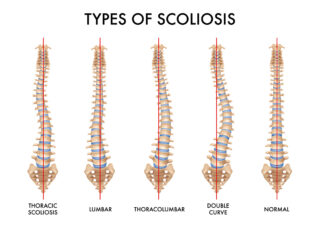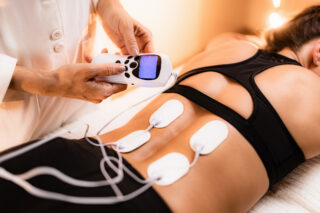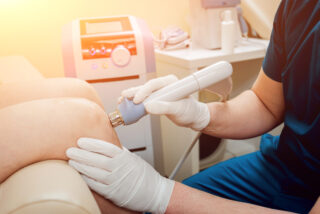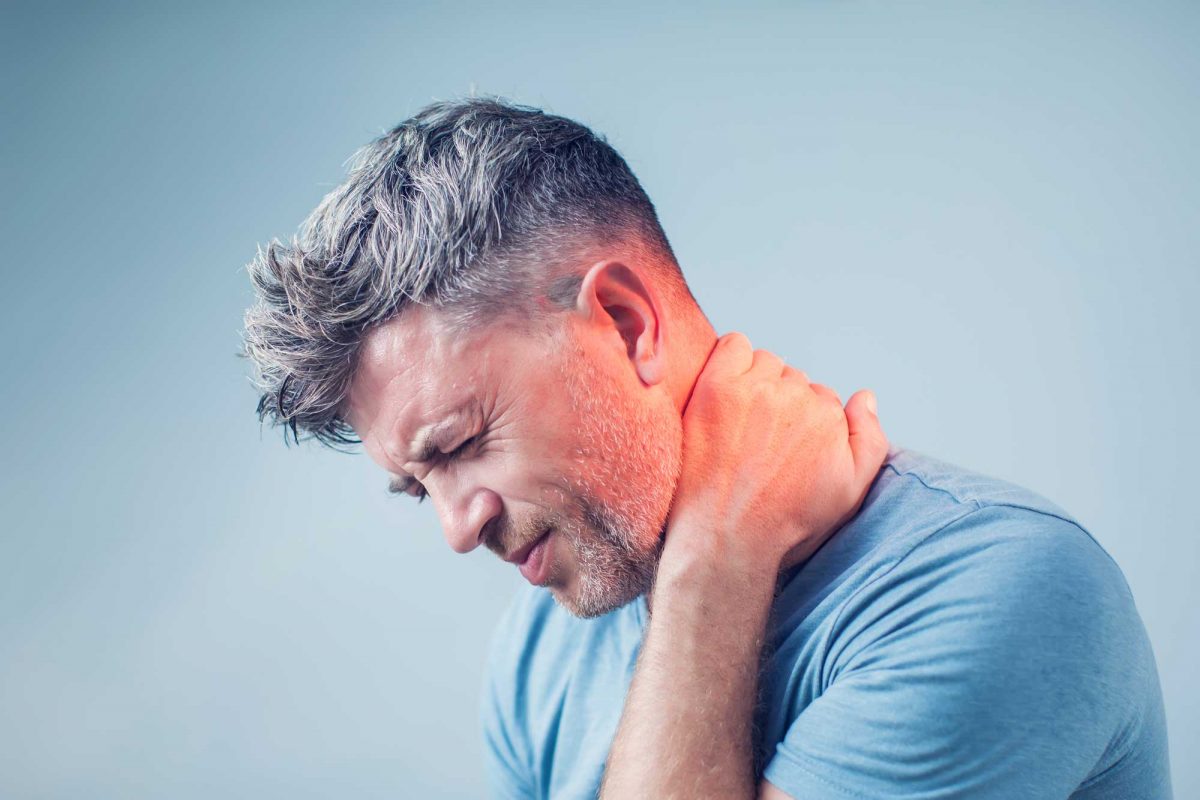Compression stockings are specially designed hosiery garments that apply pressure to the legs and feet. They are commonly used to improve blood circulation and manage various medical conditions, particularly those related to venous and lymphatic systems. The pressure exerted by compression stockings is highest at the ankle and gradually decreases as the stockings go up the leg. This gradient pressure helps to facilitate blood flow from the extremities back toward the heart.
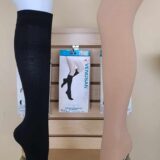
Compression stockings come in various levels of pressure, ranging from mild to strong compression. They are typically categorized into different classes based on the amount of pressure they exert, measured in millimeters of mercury (mmHg). The specific class and pressure level prescribed will depend on the individual’s medical condition and the recommendation of a healthcare professional.
Compression stockings are commonly used for the following purposes:
Varicose Veins: Compression stockings can help manage and alleviate the symptoms of varicose veins.
Deep Vein Thrombosis (DVT) Prevention: They are often prescribed for individuals at risk of developing blood clots in the deep veins of the legs, especially during long periods of immobility, such as after surgery or during long flights.
Edema: Compression stockings can help reduce swelling in the legs and ankles caused by conditions like chronic venous insufficiency or lymphedema.
Pregnancy: Pregnant women may use compression stockings to manage swelling in the legs and reduce the risk of developing varicose veins.
Post-Surgery: Patients recovering from certain surgeries, particularly those involving the lower extremities, might be prescribed compression stockings to prevent blood clots and promote healthy circulation.
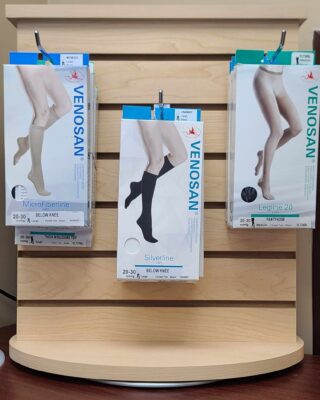
Chronic Venous Insufficiency: This condition occurs when the veins are unable to adequately pump blood back to the heart. Compression stockings can help alleviate the associated discomfort and promote better blood flow.
It’s important to note that compression hosiery should be prescribed by a healthcare professional. They come in different styles, lengths, and pressure levels, and an accurate fit is crucial to ensure their effectiveness and comfort. If you believe you might benefit from compression stockings, consult with a doctor to receive proper guidance and recommendations tailored to your specific needs.




